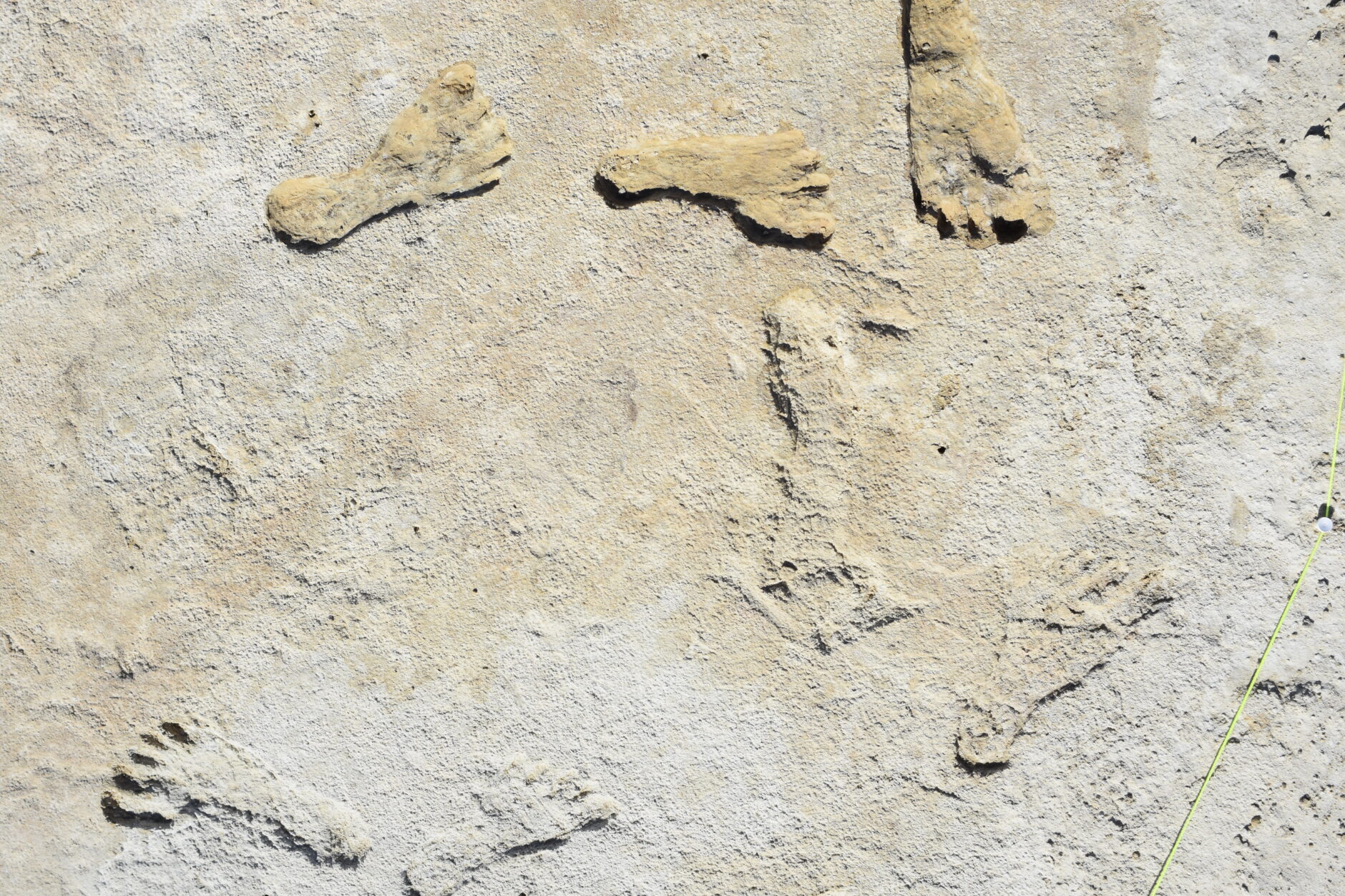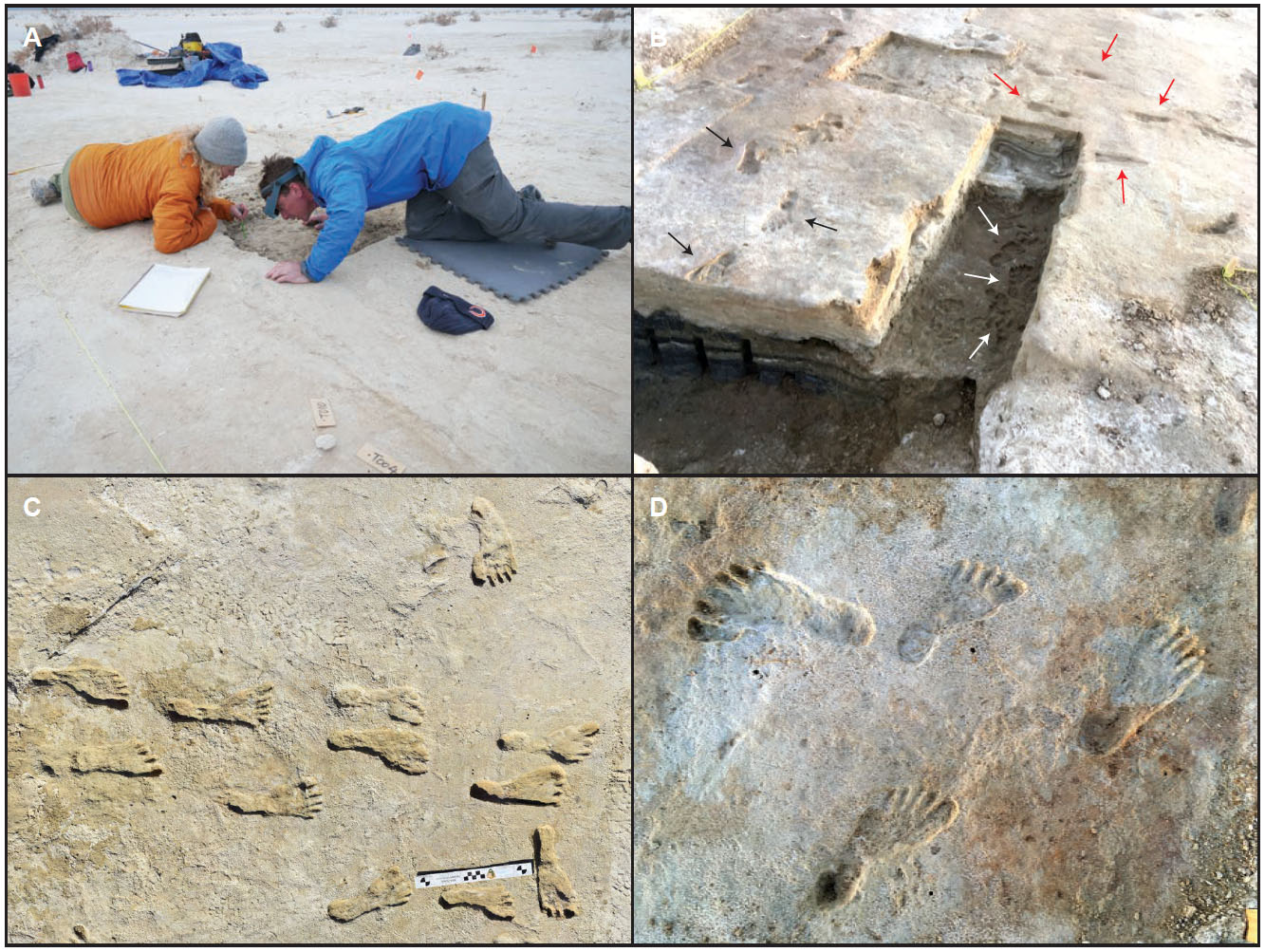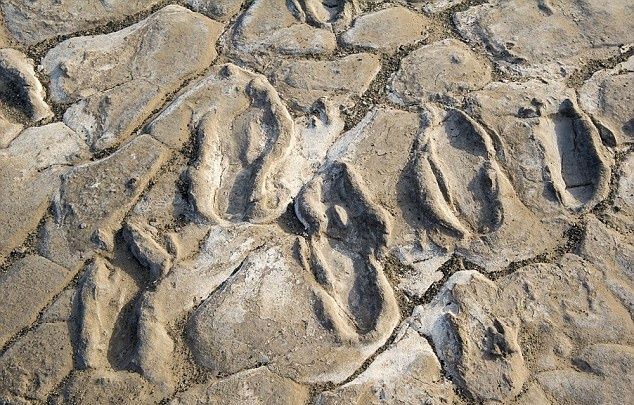Independent age estimates resolve the controversy of ancient human footprints at White Sands. White Sands National Park in New Mexico has long been a site of archaeological intrigue due to its mysterious human footprints, which have sparked controversy and debate among researchers and historians. Recent independent age estimates have shed new light on these ancient footprints, providing a clearer understanding of the people who left their marks on the sands of time.
The Mystery of the White Sand Footprints:
The White Sands area boasts a unique collection of fossilized human footprints preserved in gypsum-rich sand dunes. These prints have puzzled scientists for decades, raising questions about their origin and age.
Initial controversy:
The controversy surrounding these footprints stems from differing age estimates. Initially, some researchers believed the prints to be relatively recent, while others argued for a much older date.
Need for independent verification:
Resolving the age of the footprints requires independent verification to ensure the accuracy of the findings. Multiple dating methods and research teams were enlisted to provide a comprehensive analysis.
Optically Stimulated Luminescence (OSL) Dating:
One of the major dating methods used in this research was Optically Stimulated Luminescence (OSL) dating. This technique determines when the sand particles were last exposed to sunlight, providing a reliable estimate of when the footprints were made.
Core Sampling and Analysis:
The researchers collected core samples from the layers of sand surrounding the footprints. These samples were subjected to OSL dating, providing important data on the timeline.
Remarkable Age Confirmation:
Independent age estimates based on OSL dating and other techniques have now conclusively confirmed that the footprints are approximately 23,000 years old.
Implications for Prehistoric America:
This dating shows footprints of the Last Glacial Maximum period when much of North America was covered in ice. The presence of ancient human footprints at White Sands challenges previous assumptions about human migration and adaptation during this harsh climate.
Insight into Human History:
The footprints offer a unique glimpse into the lives of the people who roamed this region during the Ice Age, providing valuable insight into their behavior, the anatomy of the feet, and possibly their cultural practices.
Conservation of Footprints:
White Sands National Park is taking measures to protect these priceless footprints, ensuring that they remain a testament to ancient human history for future generations.
Revealing a Story:
Thanks to careful research and independent age estimates, the controversy surrounding the White Sands footprints has finally been resolved. The discovery opens a new chapter in our understanding of prehistoric America and the remarkable journey of the people who once called these sands home.
Research Collaboration:
This unprecedented research involved collaboration between archaeologists, geologists and experts in dating techniques. A multidisciplinary approach was necessary to reach an accurate age estimate.
Impact on Scientific Understanding:
Confirming the age of the footprints has far-reaching implications for our understanding of human migration, adaptation, and cultural practices in North America during the Last Glacial Maximum.
Challenge of Conservation:
Protecting these ancient footprints from erosion and environmental factors is a significant challenge. The National Park Service and researchers are working together to ensure their long-term conservation.
Avenues for future research:
With the age controversy resolved, researchers are now ready to delve deeper into the lives of the individuals who made these footprints and shed more light on their daily activities and social structures.
A testament to human resilience:
The footprints at White Sands serve as evidence of the resilience and adaptability of early humans, who navigated and thrived in challenging environments during a period of climatic upheaval.
Ancient human footprints at White Sands, once a source of debate and speculation, now stand as a remarkable archaeological treasure. With their true ages confirmed, they provide a window into the lives of ancient inhabitants and challenge our understanding of human migration and adaptation in times of climate upheaval.
The research, conducted by multidisciplinary teams and employing advanced dating methods, has not only resolved the controversy but also underlined the importance of rigorous scientific investigation in uncovering the mysteries of our ancient past. These footprints, preserved in the sands of White Sands National Park, remain a source of fascination and wonder today, connecting us to a distant era when humans ventured and thrived in a very different landscape.





